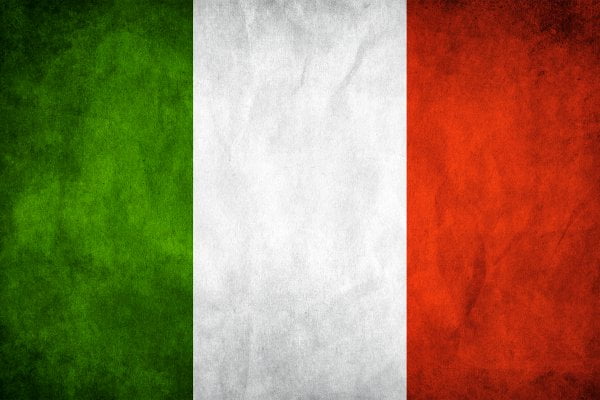
Italy aims for a new harvest of more than 50 Mhl in 2022
Finally, everything seems to indicate that Italy will once again exceed 50 million hectolitres of wine and must in the 2022 harvest.
Although, at the beginning of August, the estimates that were handled (conditioned by the drought and the great campaign of 2021) pointed to about 45 mhl, finally, according to the joint official estimate (Assoenologi, Ismea and Unione Italiana Vini) the «providential rains of August» It places the productive forecast at 50,27 million hectolitres (center of the fork).
It represents the same approximate amount as last year (50.23 million hectolitres, official figure of Agea 2021) and would be +3% above the average of the recent five-year period 2017-2021. Despite the late harvest this year, the weather behavior of the coming weeks could still affect, both upwards and downwards in the final result. This confirms that Italy will once again be the world’s leading wine producer by 2022.
With a -46% decrease in accumulated rainfall from the beginning of the year to the end of July compared to the average of the last 30 years, 2022 stood out as the driest year since 1800, further aggravated by the warmest temperatures of the last five decades.
The water stress affected the whole summer period, altering the physiological cycle of the vine with an acceleration of the setting and greening, especially in the early varieties. However, there was also great apprehension about the subsequent maturation phases in the other varieties, as scarce water resources and early maturation have a limiting effect on polyphenol accumulation.
An exceptional climatic situation, mitigated by the rains of August, which did not harm the Italian vineyard where, maintaining a high level of attention to the weather in the coming weeks, More than a good harvest is expected with grapes characterized by a potential medium-high alcohol content.
Particular attention is being paid to the polyphenolic content of red grapes, which determines the potential expectations of excellence for ageing wines.
From the phytosanitary point of view, the situation of the Italian vineyard appears to be generally excellent, with very few pathogen attacks, circumscribed and well managed through appropriate interventions in the vineyard. Damage from recent storms has yet to be assessed.
The harvest of this year began in the last ten days of July, with the collection of grapes for sparkling base wines in Sicily, followed by Puglia and Lombardia with Franciacorta and Oltrepo. Between mid-August and the first week of September, harvesting operations of the early varieties were already taking place in most Italian regions, while it is estimated that the main harvest throughout Italy will be brought forward to mid-September, As in the last few years, and will end towards the end of October.
By region:
By region, the ranking remains stable, headed by the Veneto which, with 11.5 million hectolitres estimated. It is followed by Puglia and Emilia-Romagna, with 10.6 and 7.4 million hectolitres respectively.
In the north-west, a significant decline is estimated in Lombardy (-20%), followed by a more moderate decline in Piedmont (-9%) and Liguria (-5%), while Valle d’Aosta is expected to grow (+10%). In the northeast, both Trentino Alto Adige (+10%) and Emilia Romagna (+4%) are recovering compared to last year, while there may be slight losses in Veneto (-3%), with Friuli Venezia Giulia stable. The situation is less variable in the Centre, where there is a marked increase in volumes in Umbria (+10%) and Tuscany (+12%), followed by a more moderate increase in Marche and Lazio (both +5%). In the south, the slight increase in Puglia (+3%) contrasts with the slight decrease in Sicily (-5%); stable production is expected in Abruzzo, Molise and Calabria. Also growing are Campania (+4%), Sardegna (+15%) and Basilicata (10%).

SOURCE: SEVI.NET
